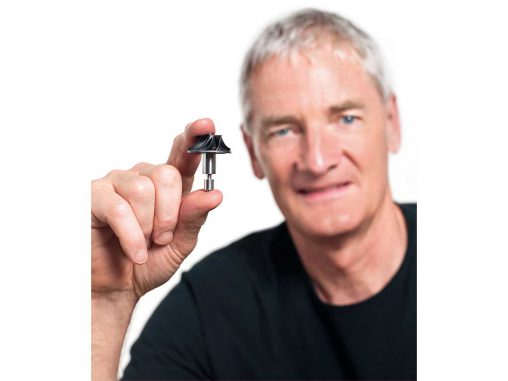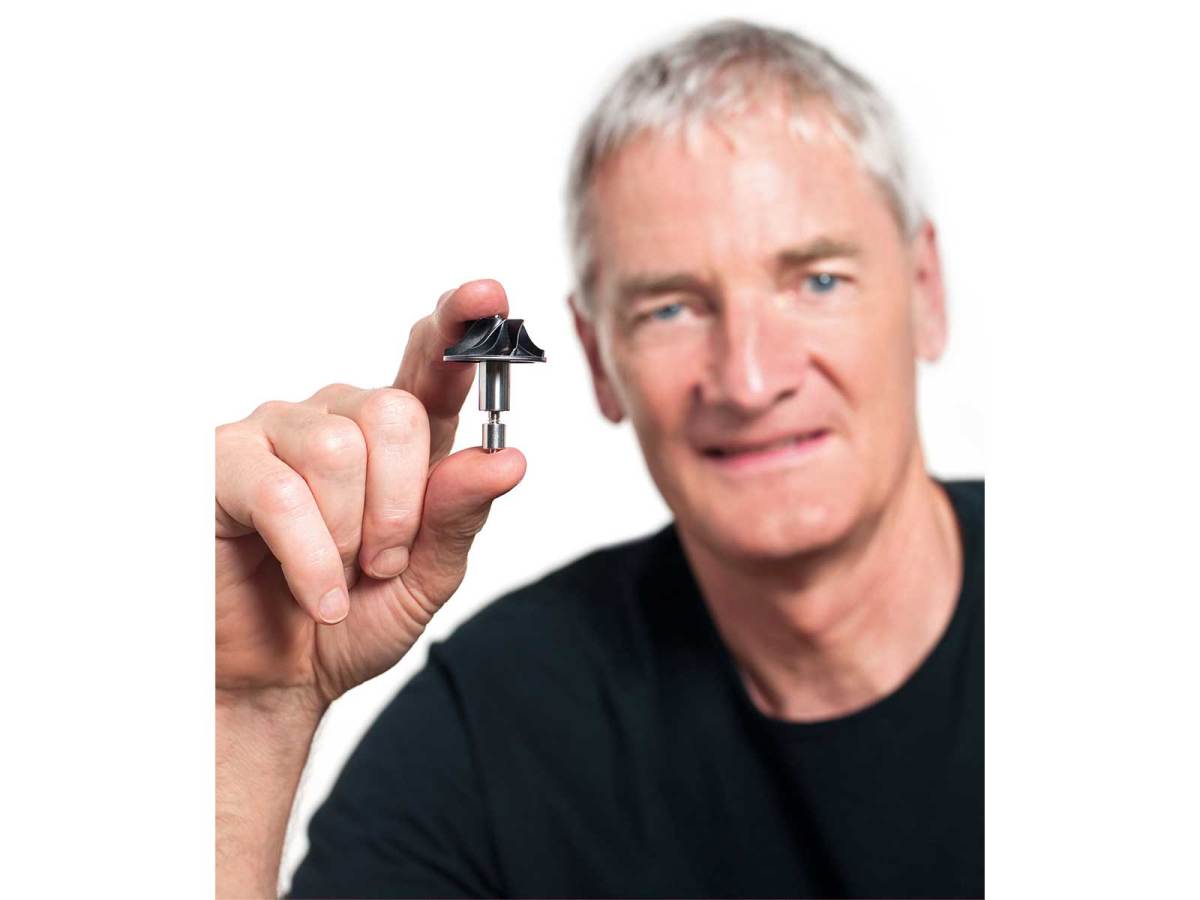
Dyson is investing £5 million (AUD $9.3 million) in a robotics research centre at British University, Imperial College London. The Dyson Robotics Laboratory will be dedicated to studying the changing nature of robotics and exploring modern applications of robot technology.
The move has been taken by many to mean that Dyson will soon be releasing a robot vacuum cleaner, which would be a giant leap forward for the brand. Founder Sir James Dyson has previously said his company would only enter the space if they could do it right:
“When we do one we want it to clean properly,” he said early last year. “The present ones are pathetic with no suction at all — they just sweep with a rather feeble brush and they also don’t navigate they just bounce around.”
More than simply concerned with new vacuuming technology, however, the new laboratory will take a macro approach to robotics and include elements of the Internet of Things technological trend.
Announcing the new co-investment with Dyson in February, Professor Andrew Davison from Imperial College’s Department of Computing, who will head up the new Dyson Robotics Laboratory, said research needed to focus on breaking robots away from controlled environments such as production lines, where they were only required to complete repetitive tasks.
“The world could be moving towards a new era where robots for the house and business could be used to make our lives more efficient, cost effective and easier,” said Professor Davison. “However, in order to get there we need to develop technologies that free up robots from the factory floor so that they can be used more effectively in our homes. We aim to attract some of the brightest minds to come and work with us at the centre to make this future a reality.”
Professor Davison is well-placed to lead the new lab: he was one of the first robotics researchers to develop robots that used “vision” as their primary sensor (in the form of video cameras) to map their surroundings. According to University of Birmingham senior lecturer in Intelligent Robotics, Nick Hawes, 3D mapping allows robots to easily find objects and obstacles, and cameras are a cheap and lightweight way for robots to gain the capability to map and plan routes.
“This means future Dyson home robots will be able to map your home in 3D for very little extra cost,” said Hawes. “Images from cameras can also be used for object and face recognition, which would make robotic home help even more efficient.”
Click here to sign up for our free daily newsletter
While James Dyson himself hasn’t specifically outlined whether the robotics lab will be used to develop any floorcare products or appliances, he did outline his lofty hopes for the project:
“My generation believed that the world would be overrun by robots by the year 2014,” he said. “We have the mechanical and software capabilities, but we still lack understanding — machines that see and think in the way that we do. Mastering this will make our lives easier and lead to previously unthinkable technologies.”
Dyson’s investment in robotics comes fast on the heels of Google making strategic purchases of Boston Robotics and Internet of Things firm Nest.

